Written by: Emma Cyrus, Senior Copy, Content & Editorial Writer
Reviewed by: Benjamin Ibanez, General Manager & Interior Designer at FCI
Edited by: Zoona Sikander, Interior Design Writer & Social Media Content Creator
A discerning look at what truly defines exceptional home furniture in today’s international design landscape – separating timeless quality from passing fads.
Having curated luxury furniture collections for discerning clients for over two decades, I’ve observed the ebb and flow of design movements across continents, from Italian craftsmanship to Scandinavian minimalism and beyond. What continues to intrigue me is how certain principles of exceptional design transcend both geography and fleeting trends, particularly in markets like Dubai where international influences converge with sophisticated local tastes.
The discerning collector understands that beyond aesthetics and brand prestige lies a more nuanced appreciation – one that values provenance, craftsmanship, and the subtle dialogue between material and form that distinguishes truly exceptional pieces from merely expensive ones.
1. The Return to Artisanal Values
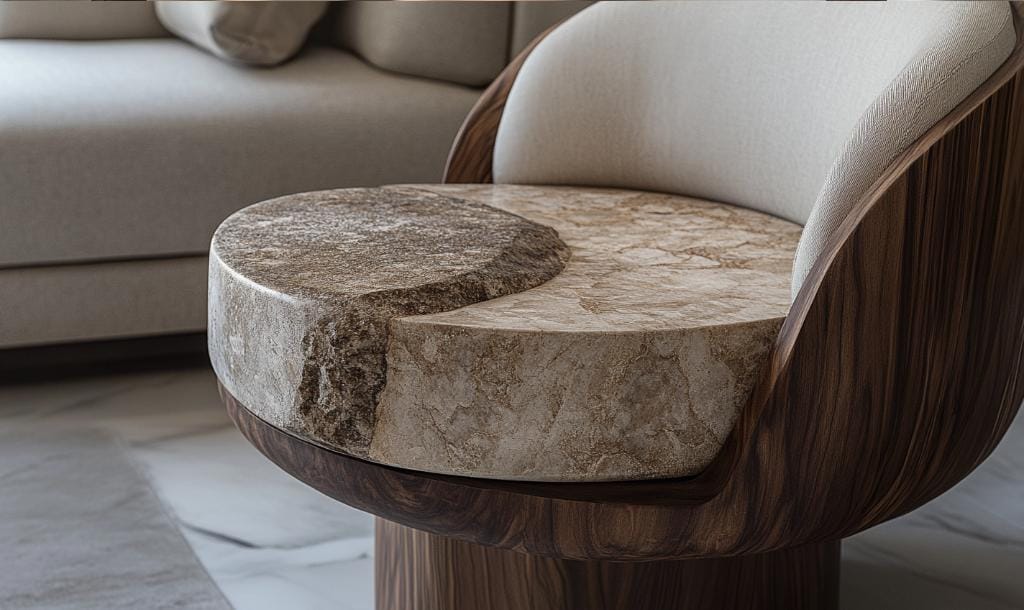
The most compelling shift in luxury furniture design isn’t about aesthetics but philosophy. We’re witnessing a pronounced return to artisanal values – not as marketing rhetoric, but as genuine practice.
The serious collectors I work with in Dubai have grown increasingly discerning, moving beyond the ostentatious displays that characterised earlier decades. Today’s sophisticated buyer seeks pieces with authentic provenance, where the maker’s hand is evident not through excessive ornamentation but through subtle, masterful details that only reveal themselves upon closer inspection.
What my clients are purchasing isn’t merely luxury furniture; they’re investing in narrative. The story of a fifth-generation wood joiner who refuses to compromise traditional techniques, or the small atelier that sources sustainable materials from a single forest- these narratives now carry as much weight as aesthetic appeal.
2. Material Honesty: Beyond Surfaces
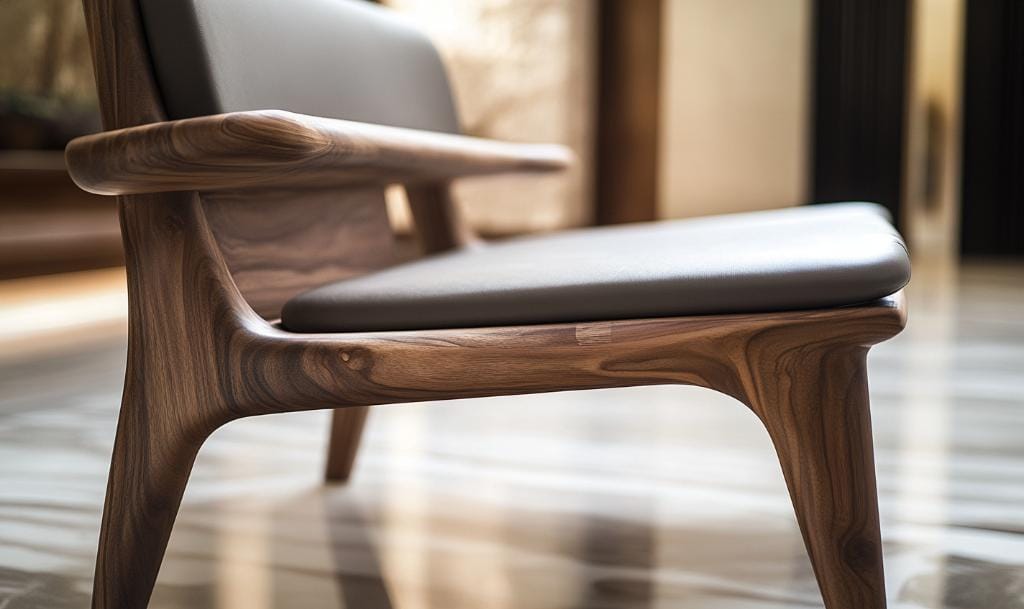
The concept of material honesty has emerged as a defining characteristic of truly exceptional home furniture. This isn’t simply about using expensive materials but about employing them with integrity and purpose.
The industry has moved beyond the era when a thin veneer of exotic wood could be marketed as luxury. Today’s finest manufacturers allow materials to express their inherent properties rather than disguising them. Consider how a properly crafted marble tabletop will showcase the stone’s natural veining as deliberate composition, not random pattern.
In Dubai’s market for home furniture, where international influences merge with local sensibilities, I’ve noted growing appreciation for materials that age gracefully. There’s wisdom in selecting pieces that develop a patina over time – solid brass that gradually mellows, full-grain leather that develops character with use, or hardwoods that deepen in tone after years in residence.
3. Functional Innovation vs Technological Gimmickry
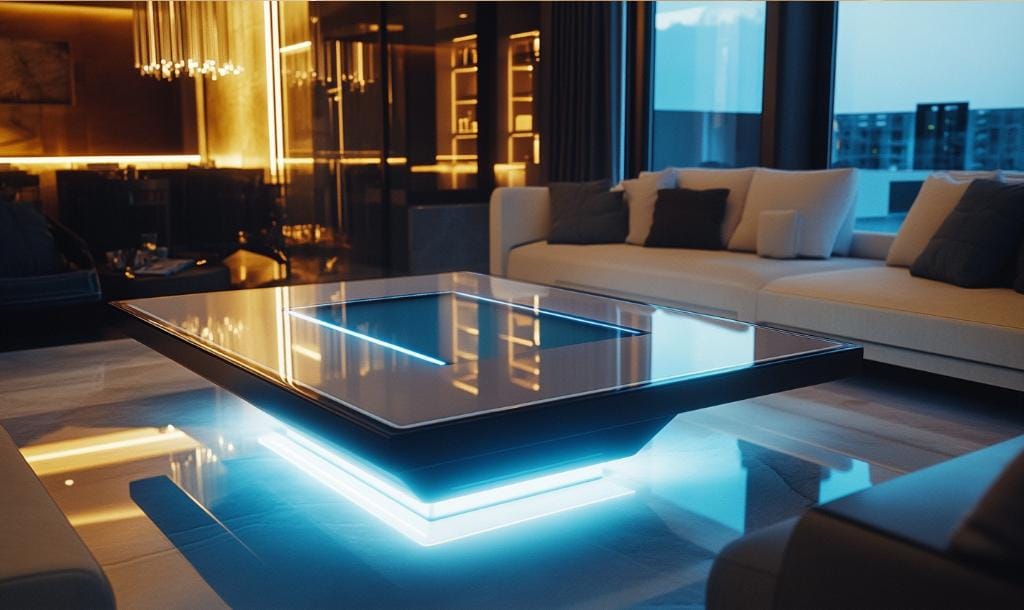
The integration of technology into luxury furniture has finally matured beyond novelty. Whereas previous iterations focused on obvious features—beds that transformed into entertainment centres or sofas with built-in refrigeration—today’s innovations serve the user without drawing attention to themselves.
The most sophisticated home furniture Dubai collections now feature pieces with considered technological integration: dining tables with invisible induction charging capabilities, storage solutions with touch-sensitive lighting, or seating with climate-regulation properties that require no external power source.
What distinguishes worthy innovations from mere gimmicks is longevity – both in durability and design relevance. When evaluating mechanised elements in luxury furniture, I advise clients to consider not just how impressive they appear during a demonstration, but how they’ll function a decade from now.
Will replacement parts be available?
Can the mechanism be serviced?
These questions separate investment pieces from expensive novelties.
4. Spatial Adaptation: Luxury Through Versatility

Contemporary living patterns have fundamentally altered our relationship with space, and luxury furniture has responded accordingly. The notion that high-quality pieces must be imposing or inflexible has given way to a more sophisticated understanding of versatility.
Today’s most compelling luxury furniture designers create pieces that adapt to different configurations without sacrificing structural integrity or aesthetic coherence. Modular systems that once signalled compromise now represent thoughtful design when executed with precision. What matters is the quality of connections, the consistency of materials, and the consideration of how components interact.
In the context of Dubai’s diverse residential architecture – from expansive villas to meticulously designed apartments – this adaptability holds particular value. Home furniture that allows for spatial reconfiguration without appearing impermanent represents a genuine evolution in luxury design thinking.
5. The Subtle Art of Proportion
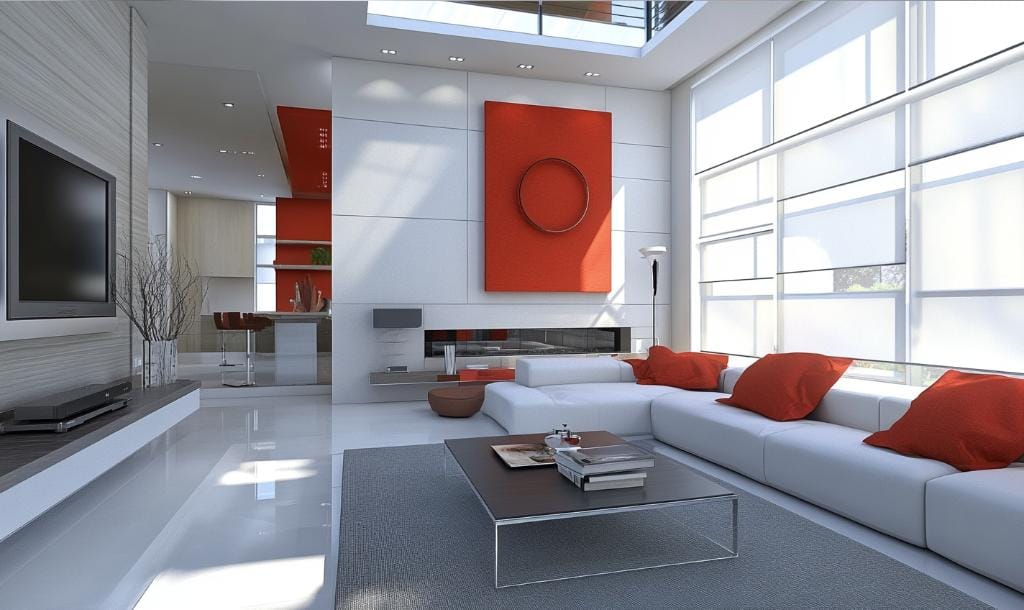
Perhaps the most overlooked yet crucial aspect of exceptional furniture design is proportion – the mathematical relationships that determine whether a piece feels intuitively “right” or subtly discomforting.
The finest luxury furniture manufacturers maintain exacting standards in their dimensional calculations, often drawing on classical principles like the golden ratio while adapting them for contemporary contexts. This attention to proportion extends beyond the furniture itself to consider how pieces relate to human scale and architectural space.
What’s particularly interesting is that proportion rarely features in marketing materials or sales discussions about luxury furniture. Yet it remains the element that distinguishes truly exceptional design from merely expensive production. When a dining chair feels perfectly balanced despite its substantial profile, or when a console table maintains visual lightness despite its solid construction, you’re experiencing the results of meticulous proportion studies.
Key Takeaways
While trend forecasters continue to announce the colour of the year or the return of particular styles, the most sophisticated approach to luxury furniture acquisition remains focused on principles rather than fashions.
Exceptional home furniture collections are built through considered curation rather than seasonal updating. They demonstrate an understanding that true luxury isn’t about having the latest design, but rather possessing pieces of genuine quality and cultural significance.
For collectors in Dubai’s sophisticated market, where international design currents meet local appreciation for craftsmanship, this means developing relationships with knowledgeable advisors and manufacturers who prioritise substance over spectacle. It means recognising that the most valuable luxury furniture isn’t that which impresses immediately, but rather reveals its excellence gradually through daily use.
The ultimate luxury in today’s design landscape isn’t accessed through budget but through discernment – the ability to recognise exceptional quality independent of price point or brand prestige. This understanding transforms furniture acquisition from consumption into connoisseurship, and living spaces from showcases into personal sanctuaries of authentic quality.


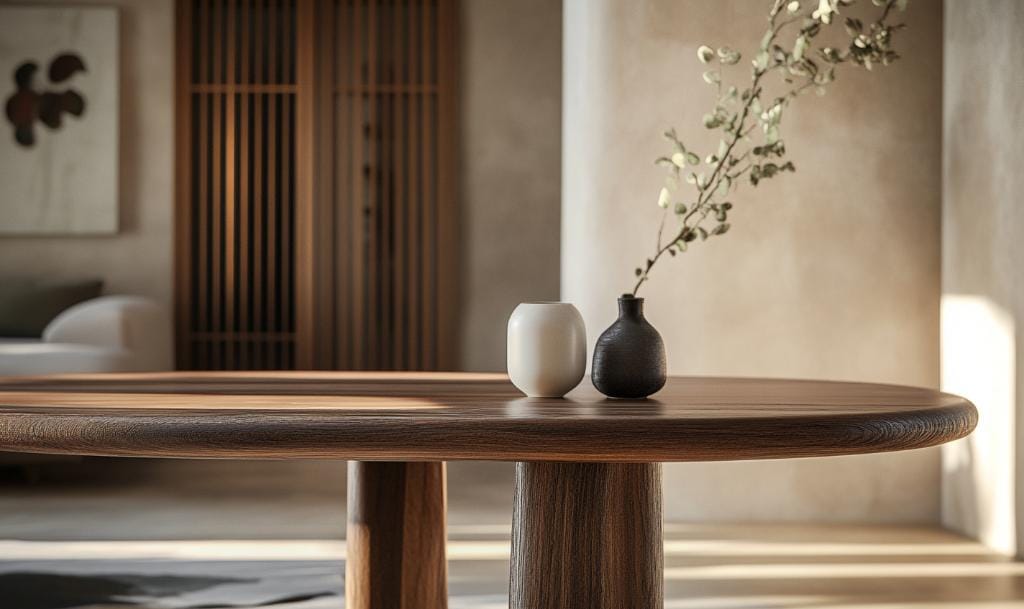

There is apparently a bundle to know about this. I consider you made some nice points in features also.
I am curious to find out what blog platform you happen to be using? I’m experiencing some small security problems with my latest site and I’d like to find something more secure. Do you have any suggestions?
Report this website as soon as possible.